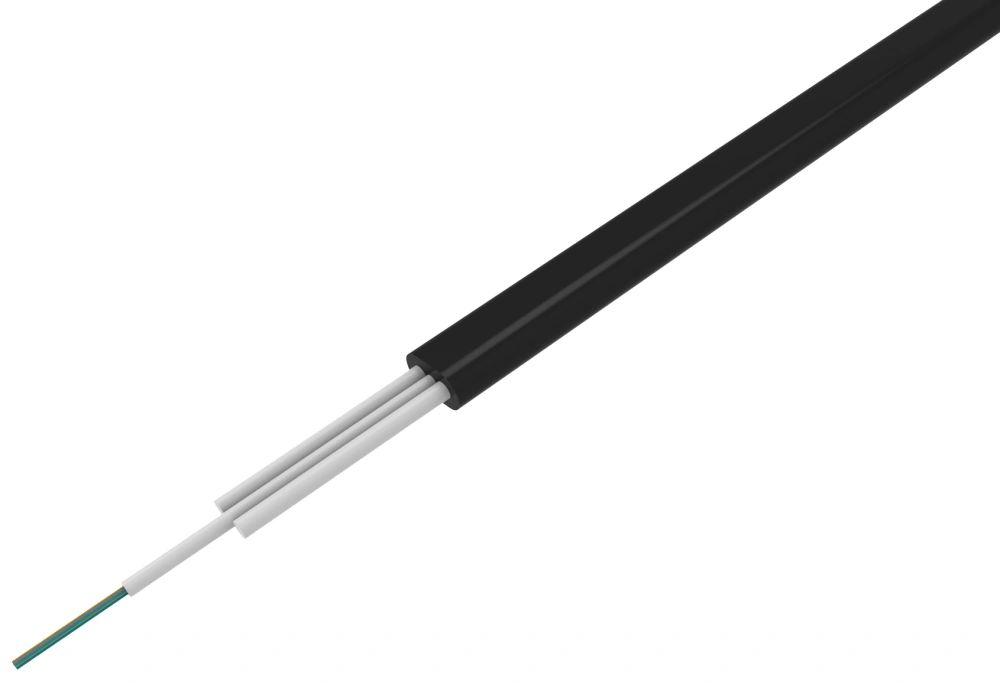Optimizing Connectivity for Smart Buildings

In today's digital era, the integration of advanced technologies in building systems has become a necessity. From automated lighting and HVAC control to security and surveillance systems, intelligent building systems rely heavily on seamless and reliable connectivity. This is where the application of indoor optical cable plays a vital role.
1. Enhanced data transmission
Indoor optical cable, also known as fiber optic cable, offers numerous advantages over traditional copper cables. One of the key benefits is its ability to transmit data at much higher speeds, making it ideal for meeting the growing demand for high bandwidth applications in intelligent building systems.
Optical fibers provide low attenuation, enabling data to travel longer distances without degradation. This makes it possible to connect various devices and systems across the entire building without signal loss. Moreover, fiber optic cables are immune to electromagnetic interference, ensuring seamless data transmission even in electrically noisy environments.
2. Scalable network infrastructure
Intelligent building systems are designed to evolve and adapt to changing requirements. Indoor optical cable provides the flexibility needed to support future expansions and upgrades. With its high capacity and scalability, fiber optic infrastructure can handle increasing data loads and bandwidth requirements.
Fiber optic cables have multiple strands, allowing for easy deployment of additional connections whenever necessary. This not only simplifies network management but also minimizes disruption to building operations during installations or network upgrades.
3. Enhanced security and reliability
Security is a paramount concern in intelligent building systems. Optical cables offer enhanced security features that help protect sensitive data from unauthorized access. Unlike copper cables, optical fibers are extremely difficult to tap or intercept, ensuring data privacy and preventing potential breaches.
Furthermore, fiber optic cables are inherently more reliable due to their resistance to environmental factors such as moisture, temperature variations, and corrosion. This makes them ideal for installation in challenging indoor environments, including basements, utility rooms, or areas with high electromagnetic interference.
In conclusion, the application of indoor optical cable in intelligent building systems provides numerous advantages. It enhances data transmission, allows for scalable network infrastructure, and ensures enhanced security and reliability. By leveraging the full potential of fiber optic technology, intelligent buildings can improve connectivity and optimize the performance of various interconnected systems.



